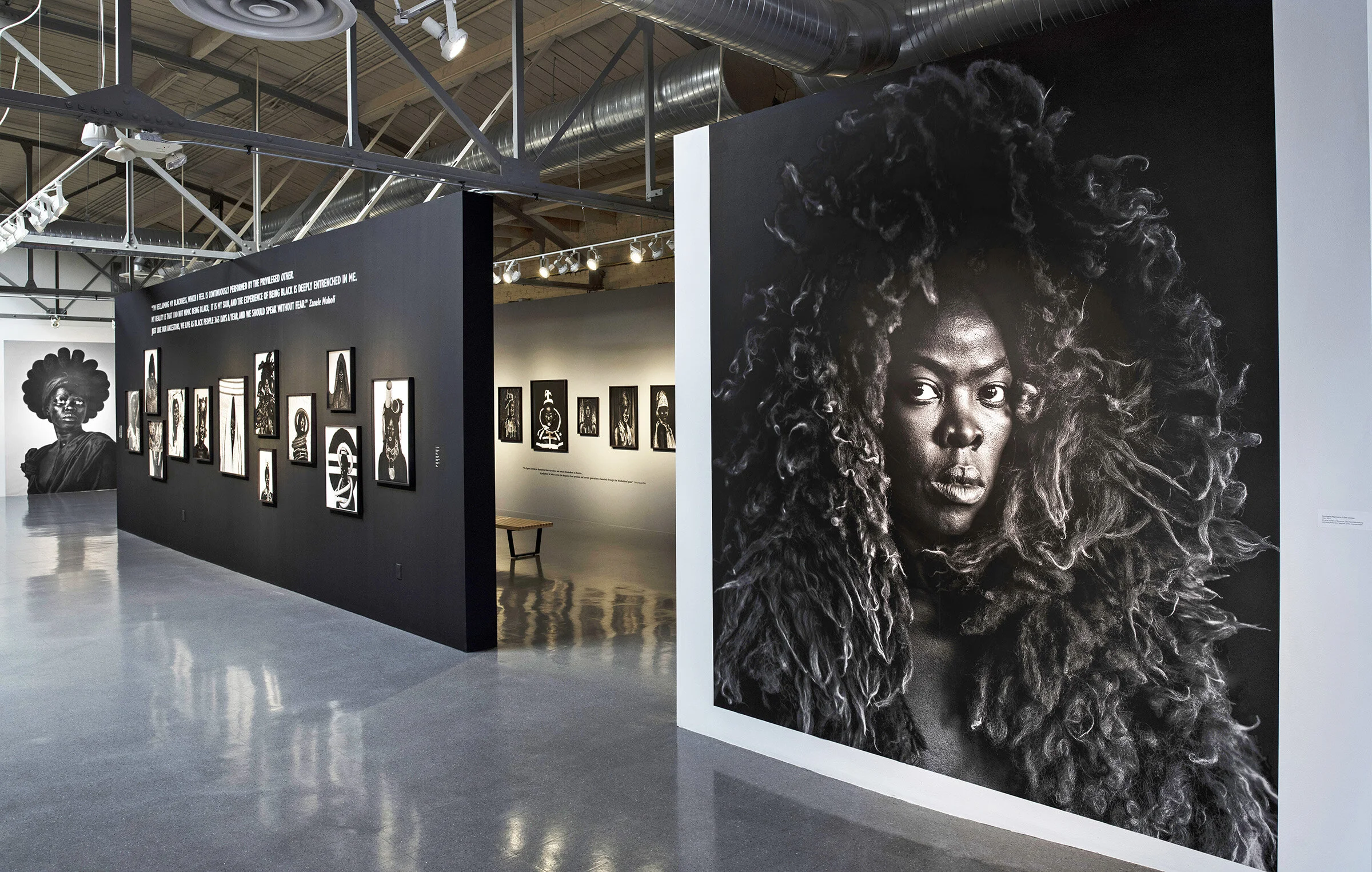In her solo exhibition titled Remind Me Tomorrow, Denver-based artist Sammy Lee celebrates cultural heritage, motherhood, and immigrant experiences. The exhibit is on view at the Emmanuel Art Gallery on the Auraria Campus through mid-July and with it the artist has the express purpose of encouraging peace in our communities—particularly in light of recent and historic violence against Asian Americans. Curated by Jeff Lambson, Remind Me Tomorrow features a selection of work created by Lee over the span of nearly a decade.
Welcome to DARIA: Denver Art Review, Inquiry, and Analysis, a publication devoted to art writing and criticism focused on the Denver-area visual art scene. DARIA seeks to promote diverse voices and artists while fostering critical dialogue around art.





















